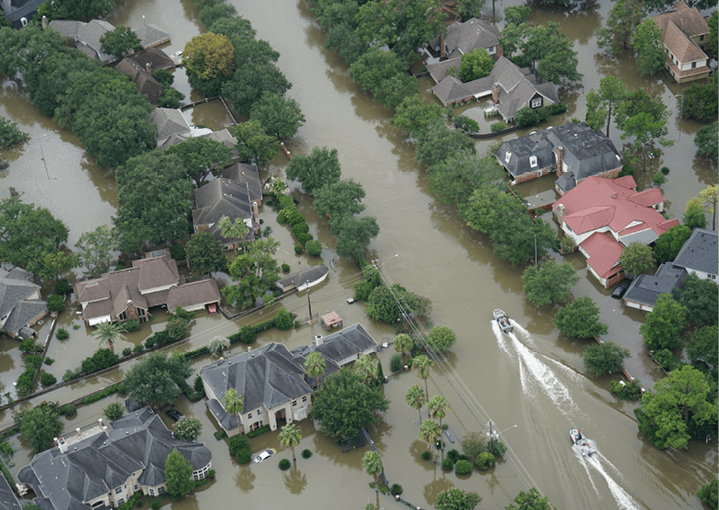The Complexities of Crisis Response

Last week, I was at a conference on global philanthropy in New York City and a representative with an international humanitarian relief agency was speaking about how her organization handles the huge influx of donations they receive in a crisis relief situation. And then, this morning, I read a great blog post that talks about the complexity of responding to an emergency.
All of this discussion hit home for me. On the morning after a disaster and in the days that follow, our grants just keep coming and coming, without a single email blast or tweet that reminds our donors to give. Really, the only regular question we get is “where” to give and which agencies are providing immediate response.
On the flip side though, this huge swell in gifts presents both an opportunity and a dilemma to the recipient charity. Immediate donations provide essential funding but it’s the kind of funding that is hard to build on. Imagine trying to factor disaster into your annual budget. Statistics show that, by and large, the donors who give immediately are not long-term donors.
The earthquake in Haiti is a perfect example of how an enormous global response can be relatively silent 13 months later. This slide show, published on the one-year anniversary of the Haiti earthquake, provides a poignant reminder that disaster relief agencies will be on the ground for years to come.

